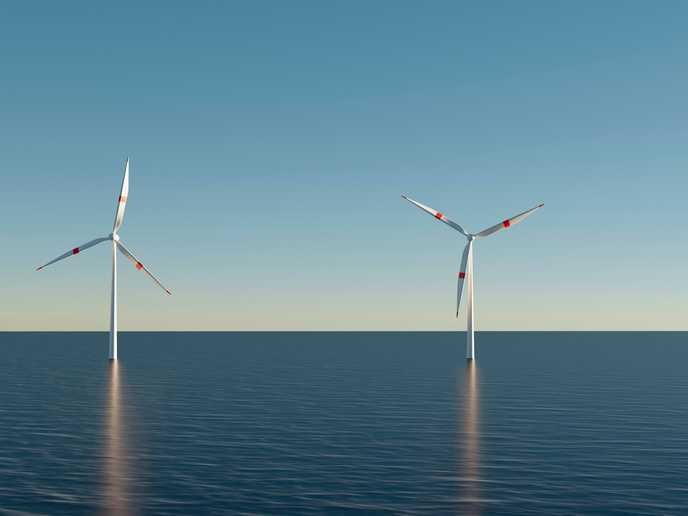Accelerating the design and deployment of floating wind farms
Competitive, clean and scalable, Europe’s answer to energy security and climate change could be blowing in the wind. That’s why the REPowerEU initiative has set a target of 500 gigawatts of installed wind power by 2030. But reaching this target will require new technologies and new skills. The EU-funded STEP4WIND project is addressing both. “On the one hand, we aimed to address the technological and economic challenges related to the development of floating offshore wind farms,” says project coordinator Axelle Viré, a professor at Delft University of Technology (TU Delft). “On the other hand, we looked to close the skills gap by providing tailored training on this emerging, clean energy technology.” The project was undertaken with the support of the Marie Skłodowska-Curie Actions programme.
Tailored training in wind energy
One of the key aspects of the project was to provide training to 10 PhD candidates. “We not only transferred a range of scientific and market-oriented skills to early-stage researchers, we also gave them a solid understanding of the whole innovation chain – from product development to marketability,” explains Viré. Armed with this training, the PhD candidates were directly involved in the research arm of the project. “Together, they all helped advance the state of the art in the field, with important results,” adds Viré. Amongst those results was the development of methodologies for incorporating high-fidelity data into the engineering tools used to design wind turbines and farms. Researchers also performed hybrid testing for lab-scale experiments of innovative floating wind concepts and assessed the behaviour of thermoplastic composites for novel wind turbine blades. Other key outcomes included research on the hydrodynamic behaviour of dynamic power cables in extreme environmental conditions, methods for optimising towing operations during the installation of floating wind turbines, and a techno-economic analysis of using floating wind farms to produce green hydrogen.
Driving the renewable energy sector
The STEP4WIND project succeeded at delivering a set of tools, guidelines and fundamental insights that will help accelerate the design and deployment of floating wind farms. But perhaps its true legacy is the team of 10 individuals who are now continuing to work in the renewable energy sector. “While there are many things to be proud of in the project, what I’m proudest of is the team of researchers we trained – each of whom now have the scientific skills they need to make a positive impact on society,” concludes Viré. The team is currently looking to expand the impact of its research by, for example, working with industry and other research institutes to optimise some of the project’s methods and workflows. They also hope to leverage their research as a means of raising awareness about the challenges and opportunities of floating wind technologies amongst citizens and policymakers. Most recently, a related project coordinated by Viré received funding from the Dutch Research Council to create a network of hybrid testing facilities within the Netherlands and strengthen collaboration with international partners across the wind energy value chain.
Keywords
STEP4WIND, floating wind farms, offshore wind farms, energy security, climate change, REPowerEU, wind power, clean energy, wind energy, wind turbines, renewable energy



